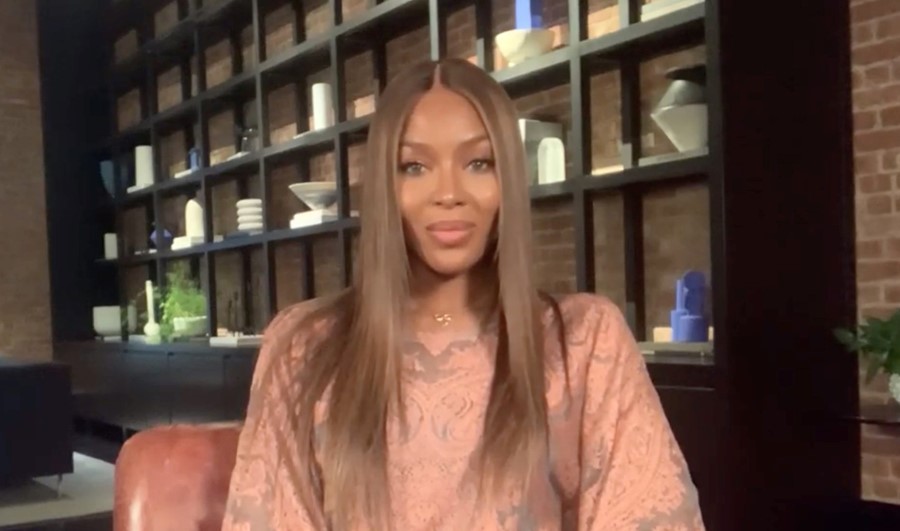Paris’s Musée d’Orsay has asked leading figures from fashion and culture to share their own, personalised films honouring the 19th-century poet
At the beginning of last month, Paris’s Musée d’Orsay launched an online video series honouring the legacy of Charles Baudelaire. The legendary French poet – known for his controversial 1857 anthology, The Flowers of Evil – would have been 200 years old on 8 April, 2021. For Donatien Grau, the museum’s head of contemporary programmes, this bicentennial birthday was the perfect excuse for a celebration. “Baudelaire is one of the greatest authors of the 19th century,” enthuses Grau. “He is also one of the most inventive and knowledgeable poets in the history of the French language. Those aspects make him somewhat ‘institutional’, so we sometimes tend to forget how critical his work has been for many creatives, from the 19th century to today, around the world.”
The Musée d’Orsay video series, titled Baudelarian Voices, gathers up leading figures from across the worlds of fashion, art and culture. Each week, one by one, they share their own creative interpretation of Baudelaire’s work – mostly through readings, which are recited in a variety of different languages. “The premise was one of openness, whether geographically, culturally, artistically: we did not want to limit ourselves to one approach,” Grau explains. “The premise was to show that Baudelaire belongs to the world, and that there are creatives all around the world whose life he has had a major impact on. [We wanted to] show that, even if poetry is rooted in a language, it can exist in other linguistic and cultural universes; in the same way as 19th-century poetry can still be immensely relevant today.”
So far, he says, the responses have been “immensely positive”. Participants include Naomi Campbell, Jeff Koons, Marlene Dumas, Salman Rushdie, among others, with contributions being shared on the Musée d’Orsay’s YouTube throughout the year. The brief was purposefully left as open as possible, allowing space for them to express their tributes freely and creatively.
The project found a natural home in the Musée d’Orsay which – although not typically a space for writers and poets – is intrinsically tied to Baudelaire’s history. The gallery is filled with work by many of the poet’s friends (as well as enemies), and it also holds many of his own portraits, created both by other artists and by Baudelaire himself. Because of this, it felt like the ideal venue for a cross-disciplinary examination of the poète maudit’s legacy. “Baudelaire questioned many topics that have played such a major role over the last 150 years,” Grau adds, “from the relation between painting and photography, to fashion, to the very notion of modernity, to the end of the European City, to the redefinition of Western culture … All this feels so potent today, and that is why many translators have worked on making his work available around the world, and why so many artists have continuously addressed his work.”
Watch Musée d’Orsay’s Charles Baudelaire video series here.
